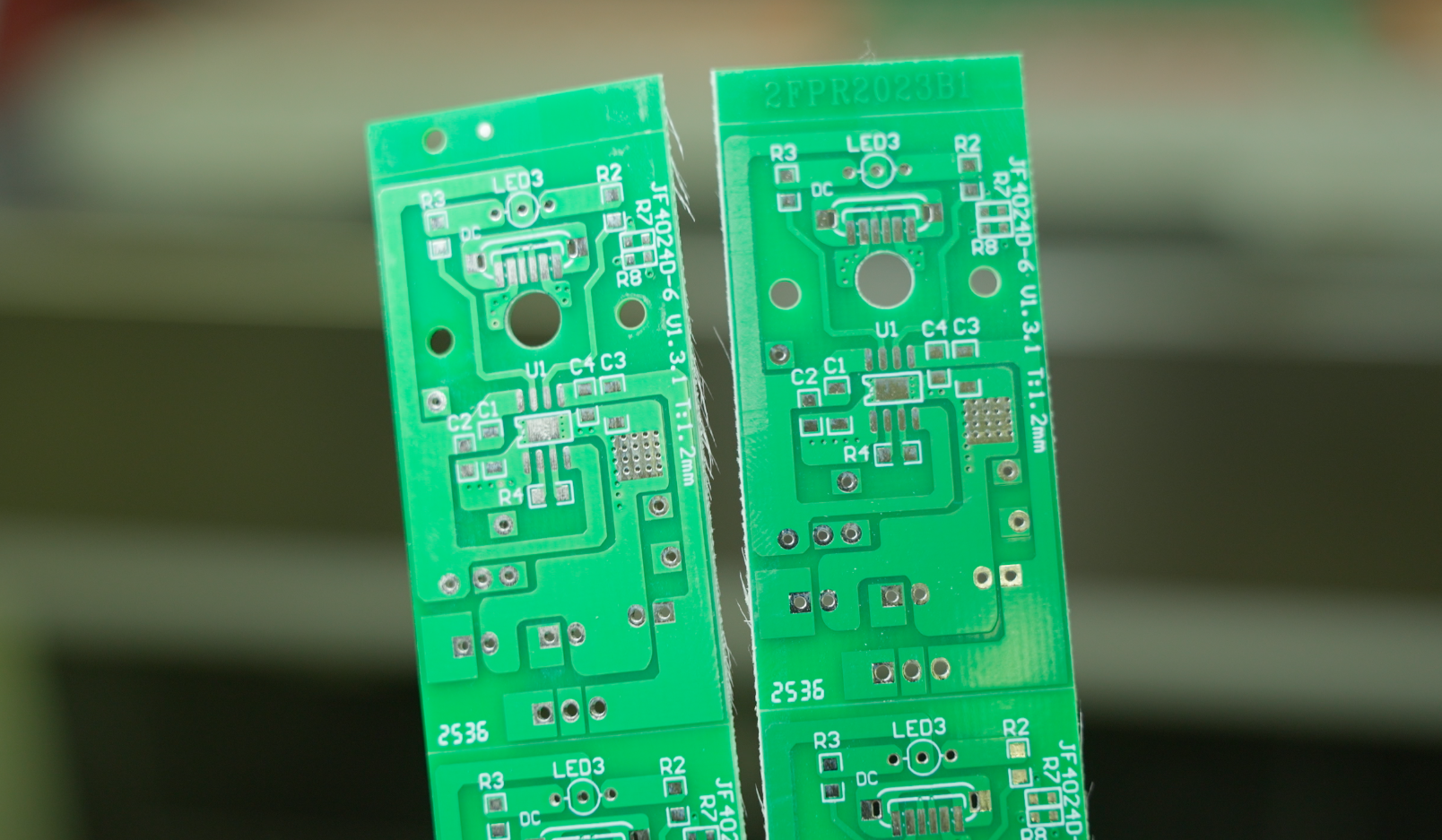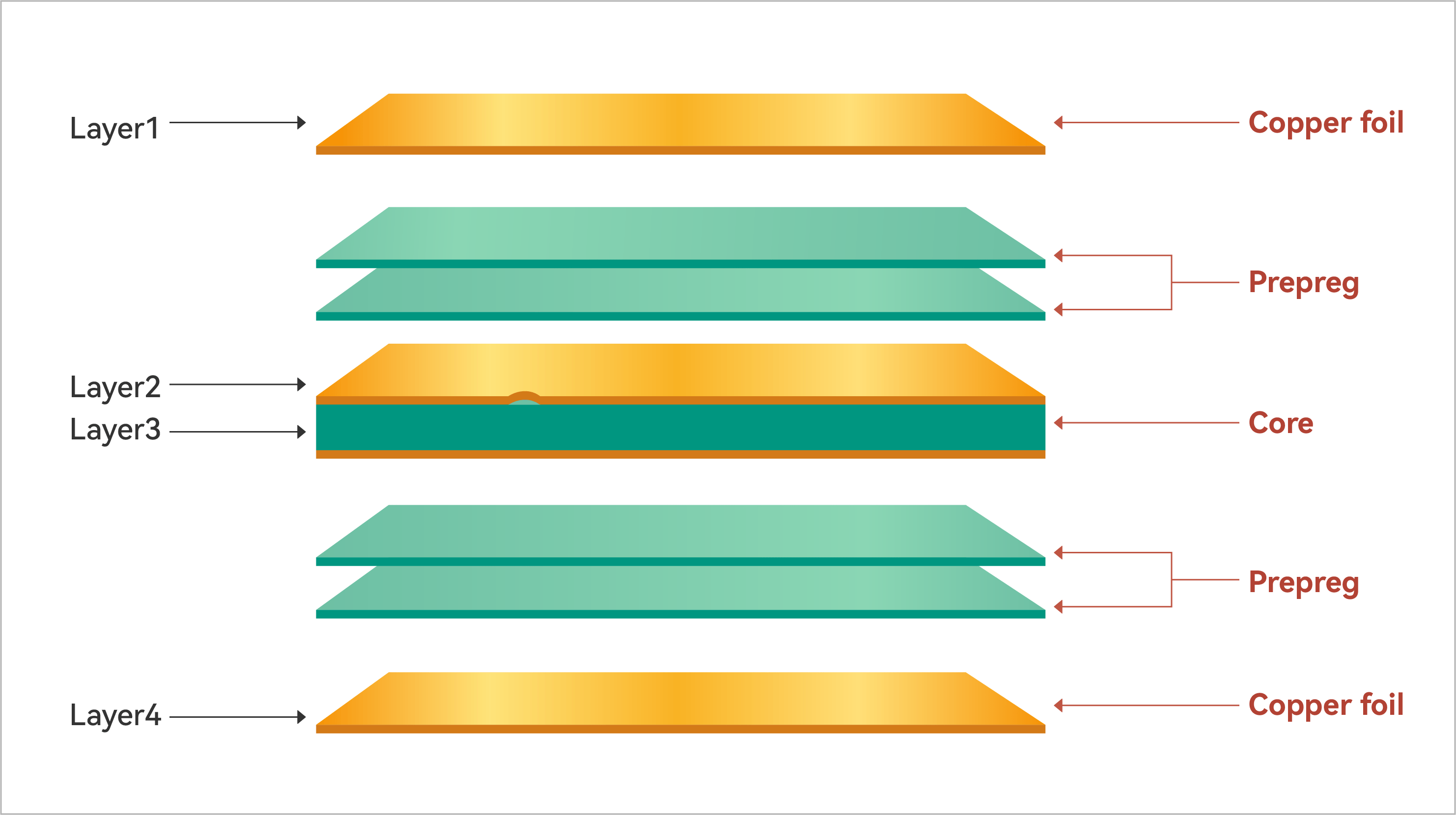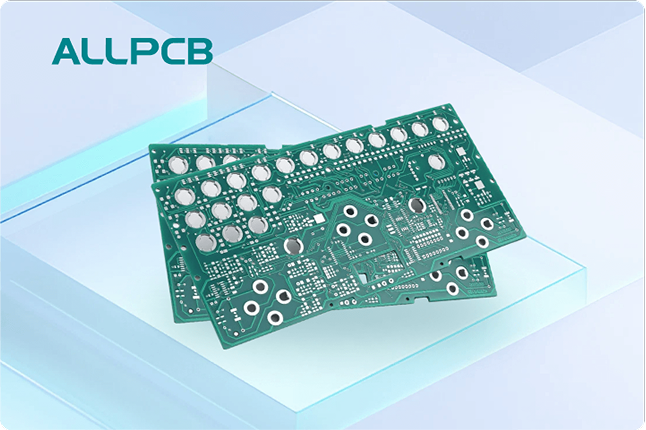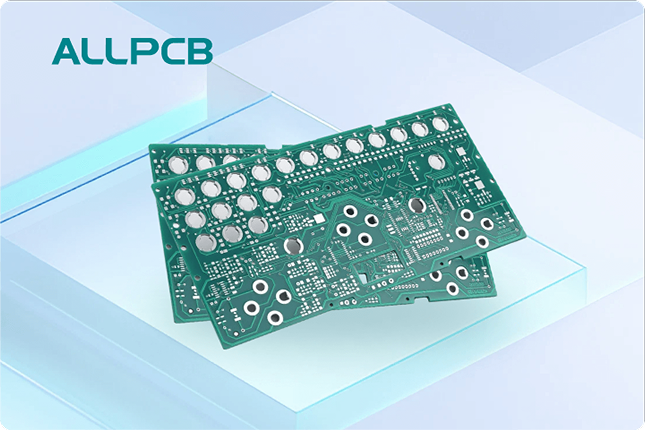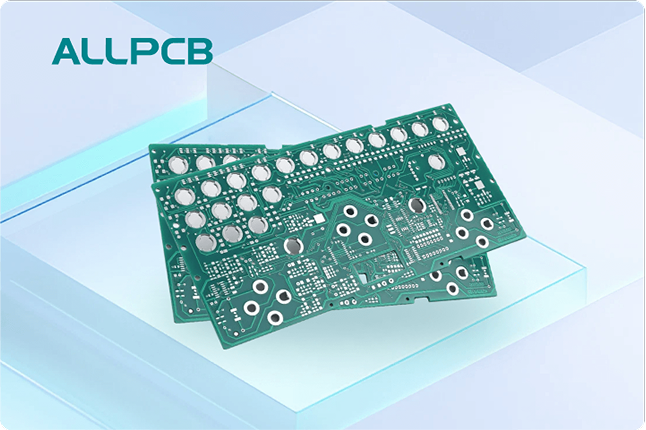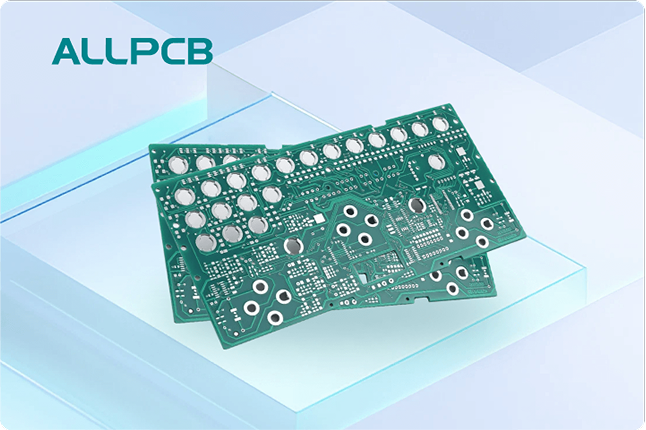In the world of medical devices, reliability isn't just a goal—it's a necessity. A single fault in a printed circuit board (PCB) can lead to device failure, risking patient safety and violating strict regulatory standards. So, how can manufacturers ensure that medical device PCBs meet the highest standards of quality and performance? The answer lies in advanced inspection techniques like PCB X-ray inspection. This powerful tool helps detect hidden defects, ensures high-reliability PCBs, and supports compliance with regulations such as those set by the FDA. In this blog, we'll dive deep into how X-ray inspection enhances the quality of medical device PCBs, safeguards patient safety, and meets industry demands.
What Is PCB X-ray Inspection and Why Does It Matter for Medical Devices?
PCB X-ray inspection is a non-destructive testing method that uses X-ray imaging to examine the internal structure of a circuit board. Unlike visual inspections, which can only assess surface-level issues, X-ray technology reveals hidden defects such as voids in solder joints, misaligned components, or internal cracks in multi-layer boards. For medical device PCBs, where precision and reliability are critical, this level of scrutiny is essential.
Medical devices—whether they are pacemakers, diagnostic imaging equipment, or wearable monitors—rely on high-reliability PCBs to function without fail. A defect in a PCB could lead to inaccurate readings, device malfunction, or even life-threatening consequences for patients. By using X-ray inspection, manufacturers can catch issues early, ensuring that every board meets the stringent quality standards required for patient safety and FDA compliance.
The Role of High-Reliability PCBs in Medical Devices
High-reliability PCBs are designed to perform consistently under demanding conditions, such as temperature fluctuations, humidity, or mechanical stress. In medical applications, these boards must also withstand rigorous sterilization processes and long-term use without degradation. For instance, a PCB in a defibrillator must deliver precise electrical signals with zero margin for error, often operating at impedance levels as low as 50 ohms to ensure accurate signal transmission at high speeds of up to 10 Gbps in advanced systems.
The stakes are incredibly high in medical electronics. A failure rate of even 0.01% can be catastrophic when dealing with life-saving equipment. This is why high-reliability PCBs are built with advanced materials, tight tolerances, and thorough testing protocols. X-ray inspection plays a key role in verifying that these boards are free from defects that could compromise their performance.
How X-ray Inspection Works for Medical Device PCBs
X-ray inspection systems use high-energy rays to penetrate the PCB and create detailed images of its internal structure. These systems can operate in 2D for simpler boards or 3D for complex, multi-layer designs using techniques like tomography or laminography. The process is non-invasive, meaning the board remains intact while hidden flaws are identified.
For medical device PCBs, X-ray inspection typically focuses on critical areas such as:
- Solder Joints: Detecting voids or insufficient solder that could lead to weak connections, especially in surface-mount technology (SMT) components.
- Component Alignment: Ensuring that tiny components, often as small as 0.4 mm in pitch, are placed correctly.
- Internal Layers: Checking for delamination or cracks in multi-layer boards, which can disrupt signal integrity at frequencies above 1 GHz.
- Ball Grid Arrays (BGAs): Verifying the integrity of connections under BGAs, where visual inspection is impossible.
By identifying these issues, X-ray inspection prevents defective boards from reaching the assembly line, saving time, reducing costs, and protecting end users.
Key Benefits of X-ray Inspection for Medical Device PCBs
X-ray inspection offers several advantages that make it indispensable for ensuring the quality of medical device PCBs. Here are the most significant benefits:
1. Enhanced Defect Detection for High-Reliability PCBs
Medical device PCBs often feature densely packed components and multiple layers, making manual or optical inspection insufficient. X-ray systems can detect defects as small as 0.1 mm, ensuring that even the tiniest flaws—such as micro-cracks or solder voids—are caught before they cause problems. This precision is vital for high-reliability PCBs, where a single weak point could lead to failure.
2. Improved Patient Safety
Patient safety is the ultimate goal of any medical device. A malfunctioning PCB in a glucose monitor, for example, could provide incorrect readings, leading to improper treatment. X-ray inspection ensures that every board meets quality standards, reducing the risk of device failure and protecting patients from harm.
3. Support for FDA Compliance
The FDA imposes strict regulations on medical devices to ensure safety and efficacy. Manufacturers must demonstrate that their products are free from defects and perform as intended. X-ray inspection provides documented proof of quality control, helping companies meet FDA compliance requirements under standards like ISO 13485 for medical manufacturing. Detailed X-ray reports can serve as evidence of thorough testing during audits or inspections.
4. Cost-Effective Quality Control
While X-ray inspection systems require an initial investment, they save money in the long run by catching defects early. Reworking a faulty board after assembly or recalling a defective medical device can cost thousands of dollars per unit. By identifying issues during production, X-ray inspection minimizes waste and prevents costly failures in the field.
5. Compatibility with Complex Designs
Modern medical devices often use compact, multi-layer PCBs with intricate layouts. X-ray inspection is uniquely suited to handle these designs, providing clear images of internal structures without disassembly. This capability ensures that even the most advanced high-reliability PCBs are thoroughly vetted for quality.
Challenges in Implementing X-ray Inspection for Medical PCBs
While X-ray inspection is highly effective, it’s not without challenges. Understanding these hurdles helps manufacturers prepare and optimize their processes.
First, the equipment can be expensive, with high-end systems costing upwards of $100,000. Smaller companies may struggle with the upfront cost, though the long-term savings often justify the investment. Second, interpreting X-ray images requires skilled technicians who can distinguish between acceptable variations and critical defects. Training staff to analyze images accurately is essential for maximizing the technology’s benefits.
Lastly, X-ray inspection must be integrated into the production workflow without slowing down manufacturing. Balancing speed and thoroughness is key, especially for high-volume medical device production where delays can impact delivery schedules.
Best Practices for Using X-ray Inspection in Medical Device Manufacturing
To get the most out of X-ray inspection for medical device PCBs, manufacturers should follow these best practices:
- Define Clear Inspection Criteria: Establish specific standards for acceptable solder joint quality, component placement, and layer integrity based on device requirements. For example, set a maximum void size of 5% in solder joints to ensure reliability.
- Use Automated Systems: Invest in automated X-ray inspection tools that can process boards quickly and consistently, reducing human error and increasing throughput.
- Regularly Calibrate Equipment: Ensure that X-ray machines are calibrated to maintain accuracy, especially when inspecting fine-pitch components with tolerances as tight as 0.2 mm.
- Train Staff Thoroughly: Provide ongoing training for technicians to interpret X-ray images and stay updated on the latest inspection techniques.
- Document Results: Keep detailed records of inspection findings to support FDA compliance and traceability in case of issues.
How X-ray Inspection Supports Innovation in Medical Devices
The medical field is constantly evolving, with devices becoming smaller, smarter, and more connected. Wearable health monitors, for instance, now rely on PCBs with ultra-fine traces as narrow as 0.05 mm to fit into compact designs. X-ray inspection enables manufacturers to keep pace with these advancements by ensuring that even the most intricate boards are defect-free.
Moreover, as telemedicine and remote diagnostics grow, medical devices must transmit data reliably over long distances. High-reliability PCBs in these systems often operate at signal speeds exceeding 5 Gbps, requiring flawless construction to prevent data loss. X-ray inspection verifies that these boards can handle the demands of cutting-edge technology, supporting innovation without compromising safety.
Conclusion: A Critical Step for Medical Device Reliability
PCB X-ray inspection is more than just a quality control measure—it’s a cornerstone of medical device reliability. By detecting hidden defects, ensuring high-reliability PCBs, and supporting FDA compliance, this technology plays a vital role in protecting patient safety and meeting industry standards. For manufacturers, investing in X-ray inspection means fewer defects, lower costs, and greater confidence in the performance of their products.
At ALLPCB, we understand the importance of precision and reliability in medical device manufacturing. Our commitment to advanced inspection techniques like X-ray technology ensures that every PCB we produce meets the highest standards of quality. Whether you’re developing life-saving equipment or innovative health solutions, partnering with a trusted provider can make all the difference in delivering safe, reliable devices to the market.
 ALLPCB
ALLPCB


